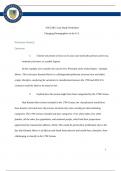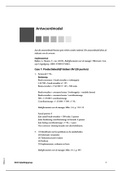Case uitwerking
SOCS185: Case Study Worksheet Changing Demographics in the U.S.
- Vak
- Instelling
SOCS185: Case Study Worksheet Changing Demographics in the U.S. SOCS185: Case Study Worksheet Changing Demographics in the U.S. SOCS185: Case Study Worksheet Changing Demographics in the U.S. SOCS185: Case Study Worksheet Changing Demographics in the U.S. SOCS185: Case Study Workshe...
[Meer zien]




